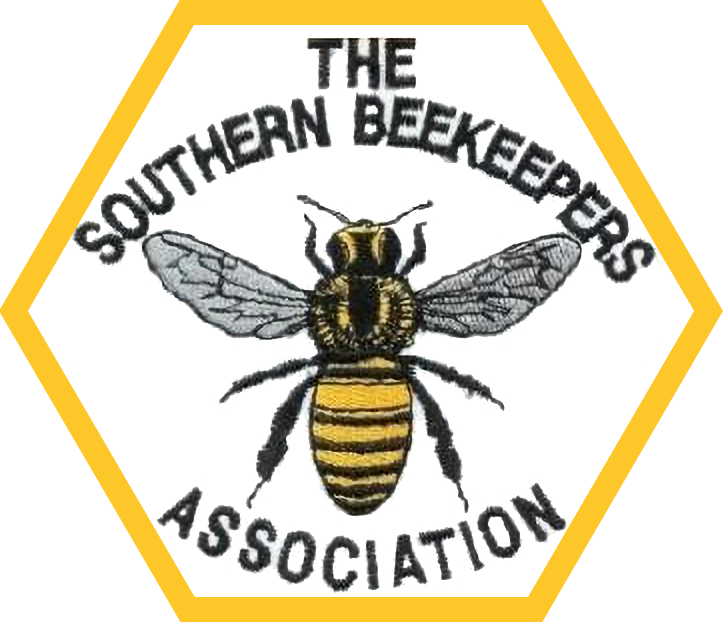FAQs
What would you like to know?
-
Do I need to let someone know if I put a beehive on my property?
Yes.
If you are a new beekeeper, you must register as a biosecurity entity with Biosecurity Queensland.
If you have not registered since 1 July 2016 you are no longer registered.
If you have registered since 1 July 2016, when the Biosecurity Act 2014 (The Act) came into effect, you were registered as a biosecurity entity and would have received a registered biosecurity entity confirmation/change of details notification.
The Act allows for an individual, multiple people, or a business to be registered depending on who owns the hives. A registrable biosecurity entity is allocated a hive identification number (HIN) and only 1 HIN relates to each biosecurity entity.
Your current apiary brand is now your HIN.
-
I'm going to keep my bees in town, what do I need to do?
Below is the Qld Governments official answer on this:
Beehives in residential backyards must be managed to ensure bees don't become a nuisance to neighbours.
Local and state laws for beekeeping in Queensland
- Under the Biosecurity Act 2014, you must be registered to keep bees. You must also mark your hives with a hive identification number (HIN).
- Find out about hive registration and hive marking.
- Check with your local government to find local laws that apply to beekeeping in your area. This may include the number of hives that can be kept on a residential property. There are no state laws applying to the number of hives you can place in your backyard.
Join a beekeeping club
- Learn more about beekeeping by joining a local beekeeping club. It will make you a more productive beekeeper and help you better manage bees within urban areas.
- Talk to your neighbours before placing hives in your backyard, let your neighbours know you will be keeping bees. Explain how you plan to manage your hives to avoid bees becoming a nuisance.
Manage swarms
- Bees may swarm in spring to early summer, and may create a nuisance for your neighbours. If your bees do swarm, it is your responsibility to capture the swarm as soon as possible after it forms a cluster.
Provide your bees with water
- Ensure water is available before placing bees in your backyard. Position hives in a sunny place with access to capillary moisture, e.g. wet sand or gravel, the edge of a concrete pond or floating water plants. Bees will be less likely to visit neighbouring backyards or swimming pools looking for moisture.
Use a smoker to assist with handling bees
- Smoke can be used to subdue bees, but check fire regulations before using a smoker in residential areas. Noisy machines such as whipper snippers and mowers can upset bees and make them aggressive. It is a good idea to smoke the entrance to the hive before using these devices, or if you know that your neighbour plans to use them.
Provide barriers
- Place hive entrances so bees fly across your property rather than directly into a neighbouring property. If this is not possible, provide a barrier to encourage the bees to fly up and over so that they don't bother neighbours. Barriers can be hedges or shrubs, or shade cloth fixed to a trellis.
- Bees are attracted to lights, particularly fluorescent types. Use physical barriers between hive entrances and lights on neighbouring properties.
Robbing and working hives
- Avoid working bees when conditions are poor (such as cool or rainy weather) and there is little pollen and nectar available to foraging bees. This places the colony under stress, encourages robbing, and makes bees more aggressive.
- Cooperate with neighbours when you need to work the bees. Recommend that they stay inside while you work the bees or work out a mutually convenient time which won't disturb them.
-
What should I do if I think I have disease in my hive?
Firstly one of our members has recommended this site to help identify what the problem may be: thebeemd.com
Notification of diseases and pests
Diseases and pests of bees present in Queensland can impact hive productivity. The Biosecurity Act 2014 requires beekeepers to contact the Department of Agriculture and Fisheries (DAF) Customer Service Centre without delay if you suspect diseases, foreign bee species or pests including:
- Asian honey bee
- Bumblebee
- Africanised bee
- Tracheal mite
- Tropilaelaps mite
- Varroa mite.
Under the Biosecurity Act 2014, you will need to take an active role in managing biosecurity risks under your control—this is known at the general biosecurity obligation (GBO). You are not expected to know about all biosecurity risks, but you are expected to know about those risks associated with your day-to-day work and your hobbies.
As part of your GBO, you need to ensure your activities do not spread a pest, disease or contaminant. You will need to:
- take all reasonable and practical steps to prevent or minimise each biosecurity risk
- minimise the likelihood of the risk causing a biosecurity event and limit the consequences of such an event
- prevent or minimise the harmful effects the risk could have and refrain from doing anything that might make the harmful effects worse.
A biosecurity risk exists when you deal with any pest, disease or contaminant, or with something that could carry one of these. This includes moving or keeping a pest, disease or contaminant, or animals, plants, soil and equipment that could carry a pest, disease or contaminant.
